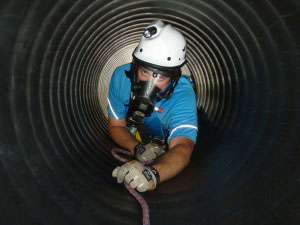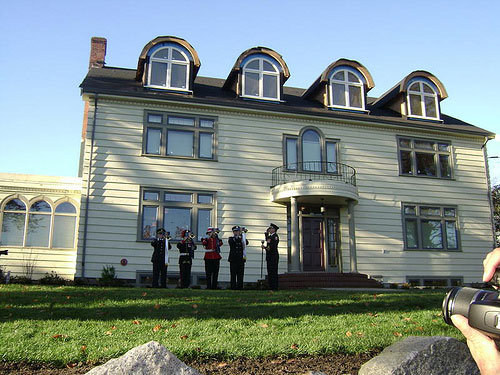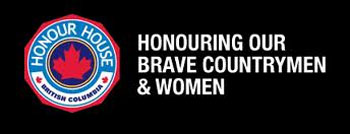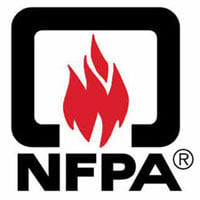Two workers are killed every month in trench collapses. Unprotected trenches are among the deadliest hazards in the construction industry and the loss of life is devastating.Since 2003, more than 200 workers have died in trench cave-ins and hundreds more have been seriously injured. OSHA has three new guidance products to educate employers and workers about the hazards in trenching operations.
The new products include a fact sheet, QuickCard and a poster that warns, “An Unprotected Trench is an Early Grave.”The three documents may be ordered in English- and Spanish-language versions from the Publications page of OSHA’s web site. See the news release for more information.



 The newly revised Roco Pocket Guide features fifty-eight pages of color illustrations of the actual techniques and systems taught in our classes.
The newly revised Roco Pocket Guide features fifty-eight pages of color illustrations of the actual techniques and systems taught in our classes.  “I have attended other Technical Rescue training programs, and the instruction and training that I have received during this FAST TRACK 120 course has been within the top 3 courses I’ve attended in my 20 years in the Fire Service.” ~ Jason Kuni Diorec, Emergency Response Assistant Chief, ConocoPhillips Alaska, Inc.During a recent FastTrack 120 class in Baton Rouge, we had the opportunity to talk with one of our students who traveled all the way from Alaska.
“I have attended other Technical Rescue training programs, and the instruction and training that I have received during this FAST TRACK 120 course has been within the top 3 courses I’ve attended in my 20 years in the Fire Service.” ~ Jason Kuni Diorec, Emergency Response Assistant Chief, ConocoPhillips Alaska, Inc.During a recent FastTrack 120 class in Baton Rouge, we had the opportunity to talk with one of our students who traveled all the way from Alaska. A: We are a unique industrial facility due to our remote location on the Alaska North Slope. We are isolated from any emergency response services for miles, so we supplyour own emergency response services to protect life and property in the Boundaries of ConocoPhillips leased land.
A: We are a unique industrial facility due to our remote location on the Alaska North Slope. We are isolated from any emergency response services for miles, so we supplyour own emergency response services to protect life and property in the Boundaries of ConocoPhillips leased land.


 We recently read an article from the NFPA Journal about the improvements that have been made since 9/11. Out of this tragedy came some very hard lessons learned – from an emergency response standpoint as well as national security and building codes, especially for high-rise structures. Are we better prepared? Is your department better equipped today for acts of terrorism or natural disaster? Has communications improved among responding agencies? Are you better trained as an emergency responder? An article in the September/October 2011 issue of the NFPA Journal cites three main areas that have improved as a direct result of the 9/11 terrorist attacks.
We recently read an article from the NFPA Journal about the improvements that have been made since 9/11. Out of this tragedy came some very hard lessons learned – from an emergency response standpoint as well as national security and building codes, especially for high-rise structures. Are we better prepared? Is your department better equipped today for acts of terrorism or natural disaster? Has communications improved among responding agencies? Are you better trained as an emergency responder? An article in the September/October 2011 issue of the NFPA Journal cites three main areas that have improved as a direct result of the 9/11 terrorist attacks.


